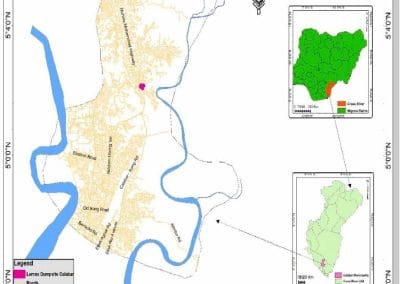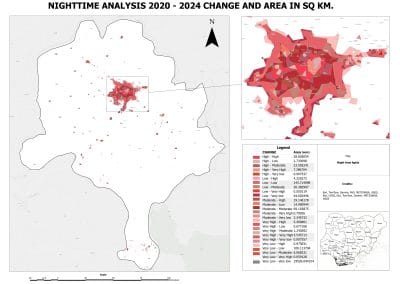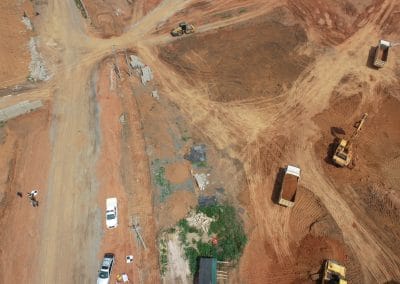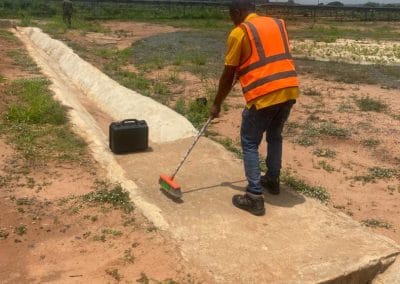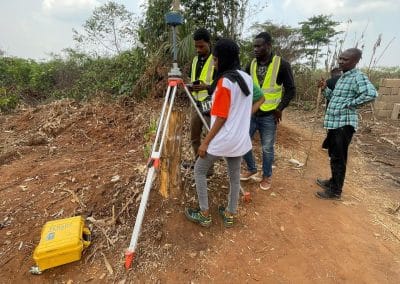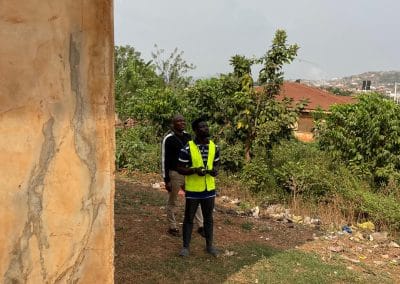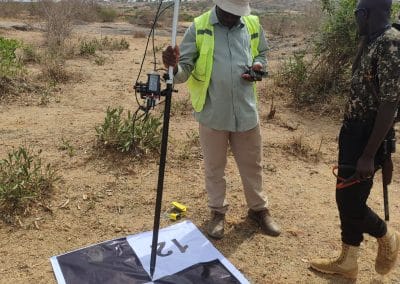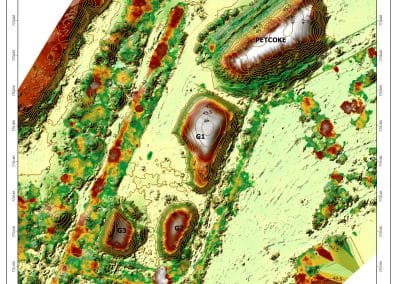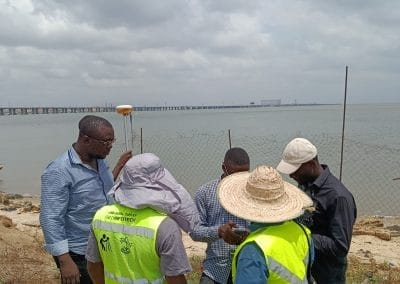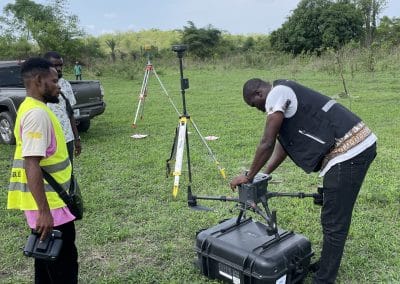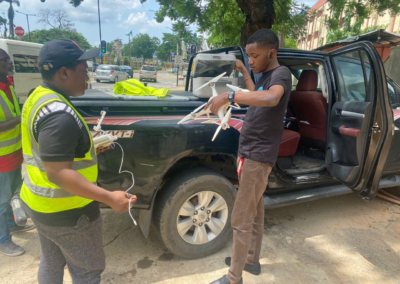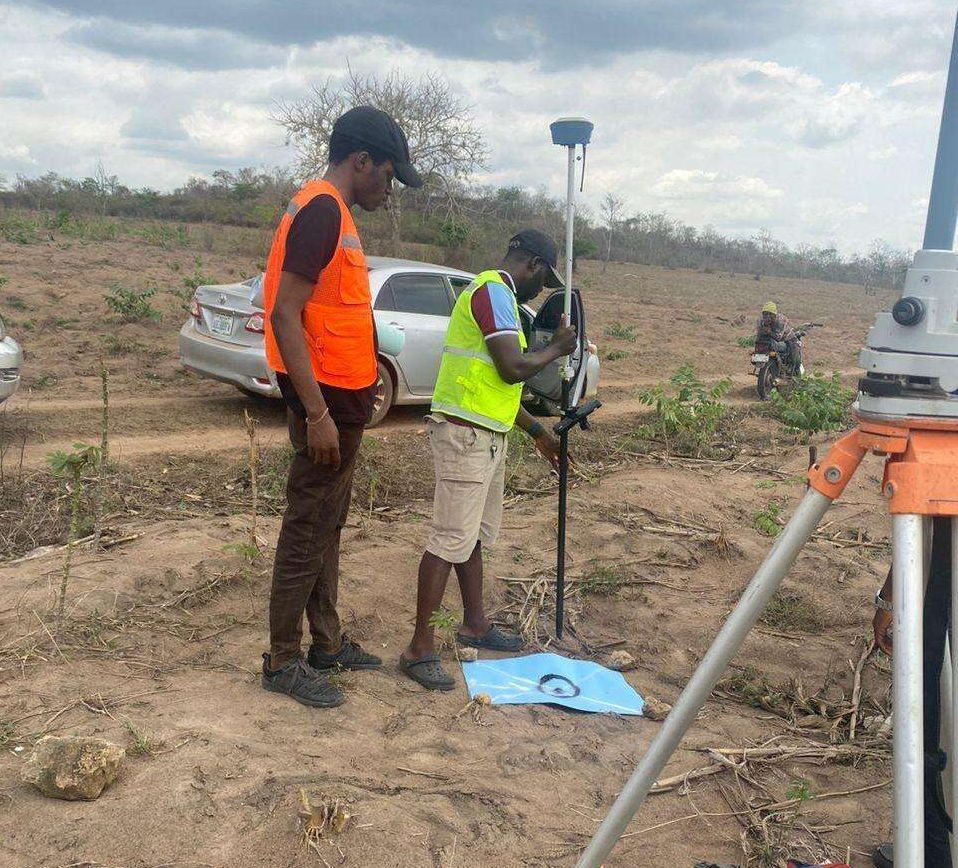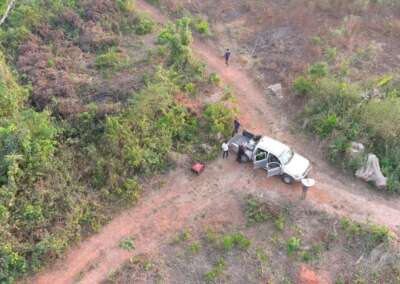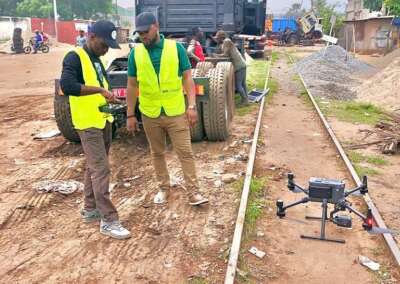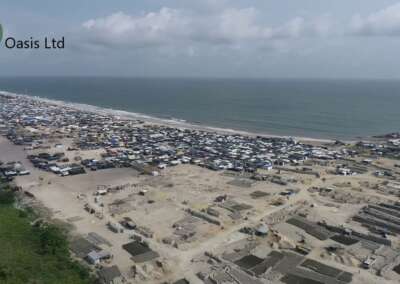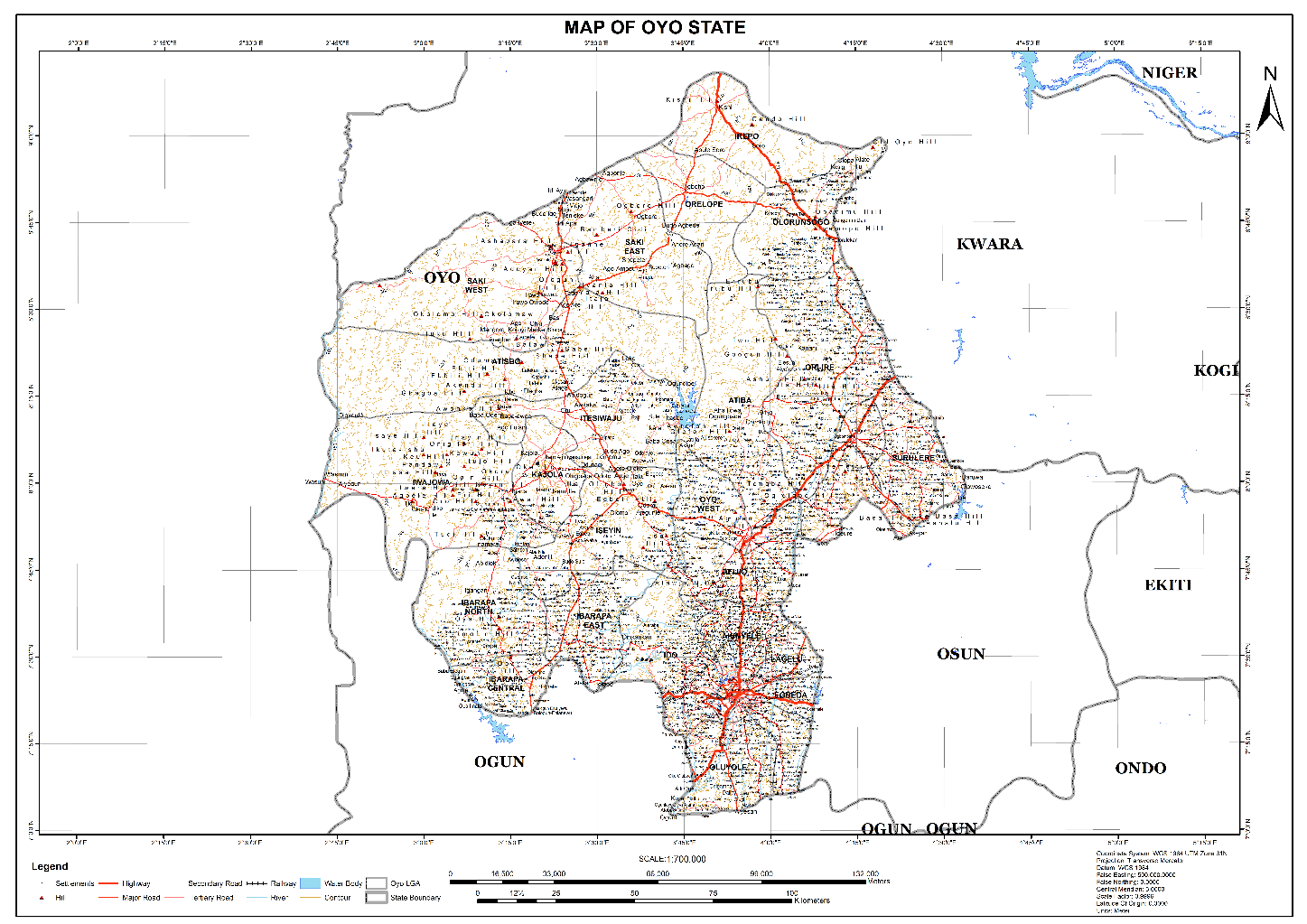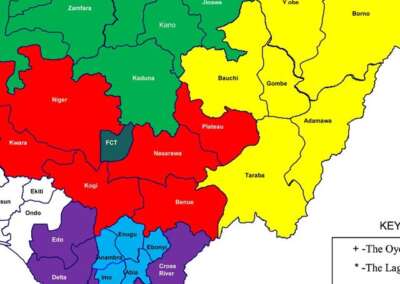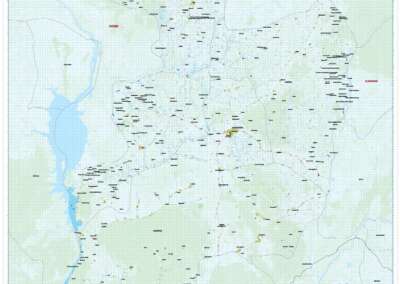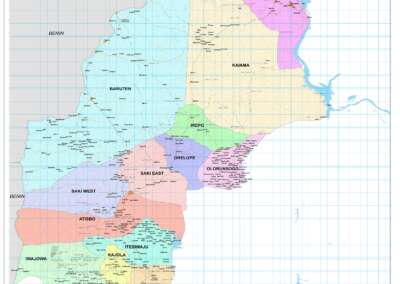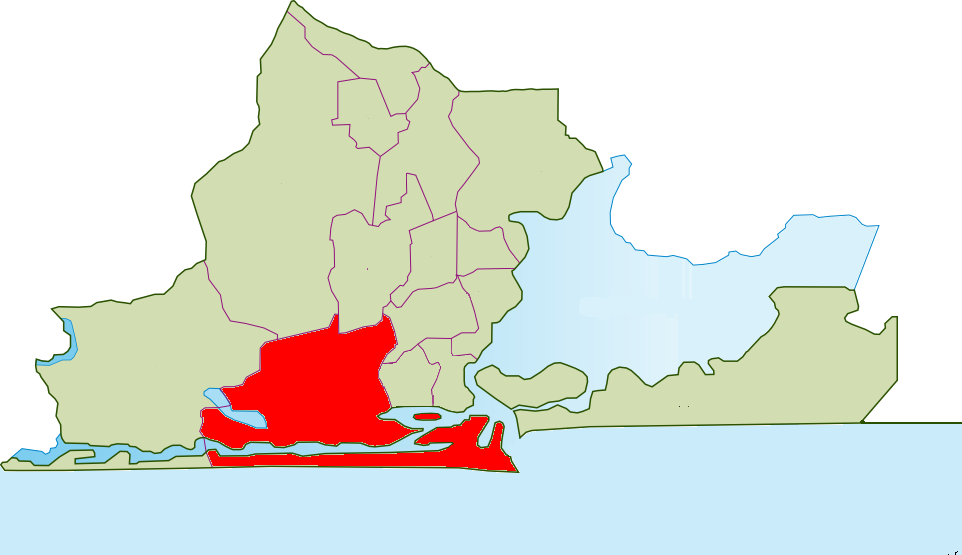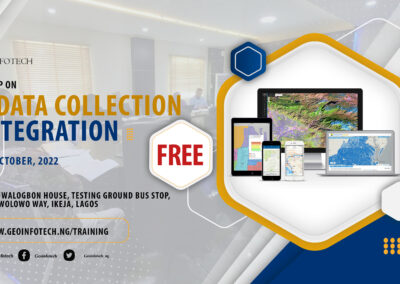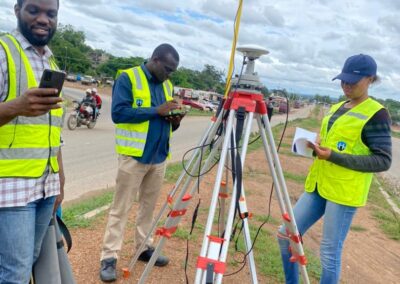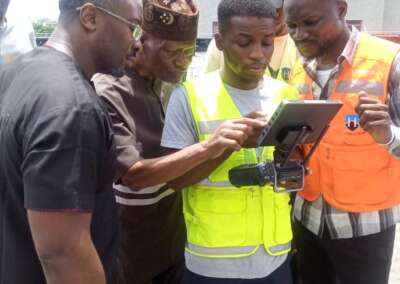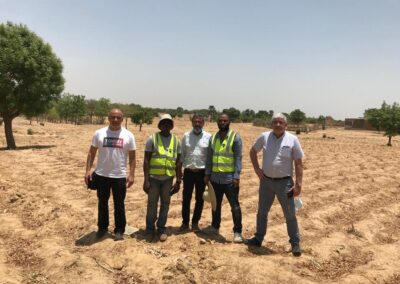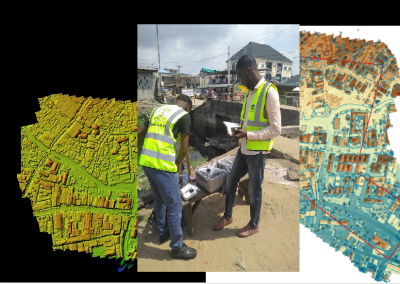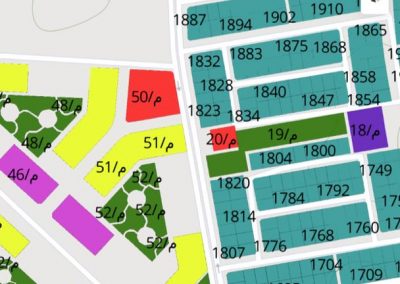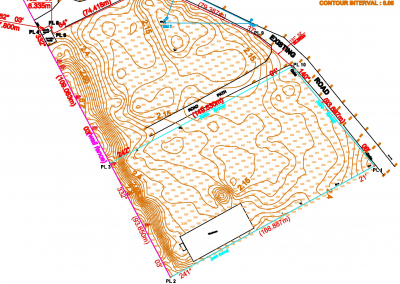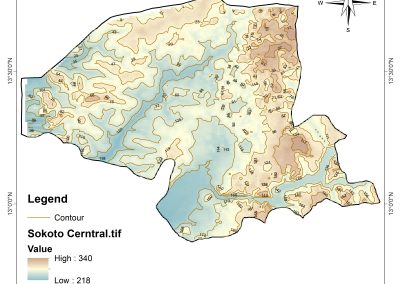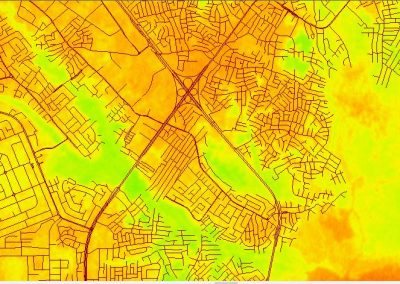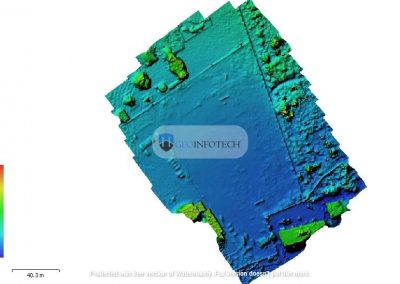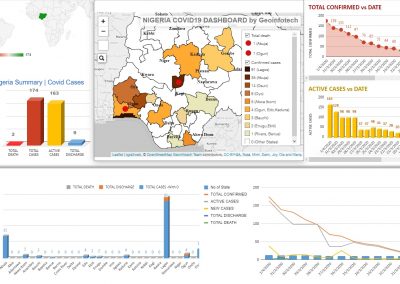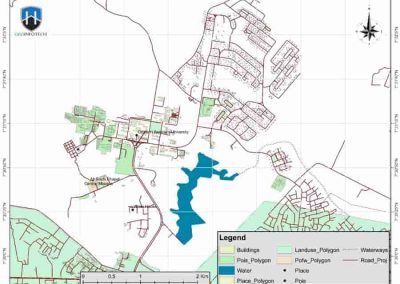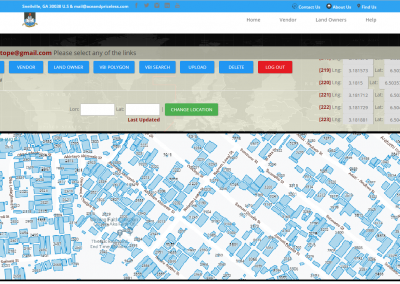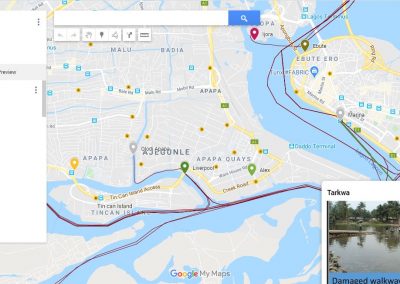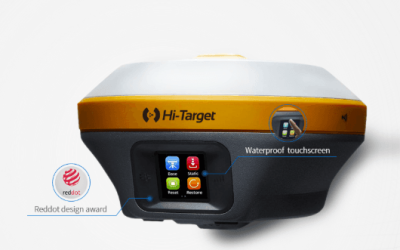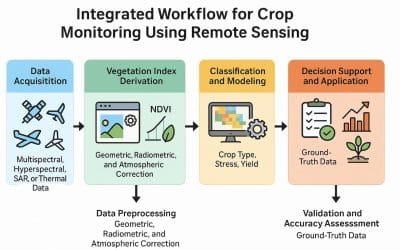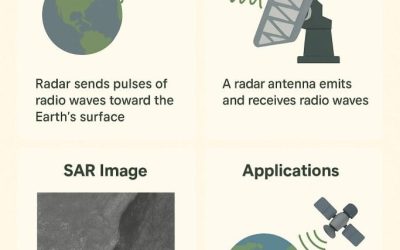In the age of big data and global health challenges, public health professionals are increasingly being asked to do more than analyze spreadsheets — they must see the bigger picture, literally. Geographic Information Systems (GIS) are no longer niche tools; they’re central to disease prevention, health planning, and disaster response.
Yet, many public health students graduate with little to no exposure to spatial analysis. That’s a missed opportunity — and one the next generation can’t afford.
Here’s why GIS education must become a core part of every Master of Public Health (MPH) and healthcare data science program.
Public Health Is Inherently Geographic
Every outbreak has a location. Every health disparity has a map.
Whether it’s tracking cholera in Yemen, identifying mental health care deserts in Detroit, or mapping opioid overdose rates by zip code, understanding “where” health issues occur is just as important as understanding “why.”
GIS brings location into the analysis — revealing patterns that can’t be seen in raw data alone.
Employers Are Looking for Spatial Thinkers
From local health departments to global organizations like the WHO, employers are seeking professionals who can:
- Analyze disease patterns spatially
- Build and interpret health risk maps
- Use tools like ArcGIS, QGIS, or Google Earth Engine
- Communicate findings visually to policymakers
In competitive job markets, GIS skills make candidates stand out.
GIS Is a Gateway to Applied Data Science
GIS isn’t just mapping. It’s data science with a spatial lens. Students who learn GIS are also learning:
- Data cleaning and integration
- Visualization best practices
- Spatial statistics and modeling
- Real-world software and scripting (Python, R, SQL)
This creates a bridge between traditional epidemiology and modern analytics — critical for tackling 21st-century health problems.
The World Needs Spatially-Literate Public Health Leaders
From climate change to pandemics, the health challenges of tomorrow will be shaped by geography. GIS empowers future public health professionals to:
- Predict outbreaks before they occur
- Prioritize resources where they’re needed most
- Communicate complex data in understandable formats
- Make equity-focused decisions guided by location-based insights
GIS isn’t just a tech skill — it’s a leadership asset.
GIS Is Already Reshaping the Field
Examples abound:
- Johns Hopkins’ COVID-19 Dashboard became the world’s go-to pandemic tracker
- UNICEF uses GIS to track vaccination coverage in rural communities
- Health systems are using geospatial tools to optimize clinic locations and emergency response
Why shouldn’t tomorrow’s public health professionals be the ones designing these systems?
Conclusion: It’s Time to Map the Future
GIS is no longer optional — it’s essential. Public health schools must integrate GIS training into their core curriculum, not just as electives or specializations, but as a fundamental skillset for modern health work.
Investing in GIS education today means training a workforce that can visualize, respond to, and prevent the health crises of tomorrow.
Want to Learn More?
- Explore online GIS certifications from Esri, Coursera, or your university
- Ask your MPH program to offer GIS electives or workshops
- Check out case studies from CDC, WHO, and public health NGOs using GIS
Need help building a GIS curriculum or training for your department? We do be happy to help. Let’s map the future together.





